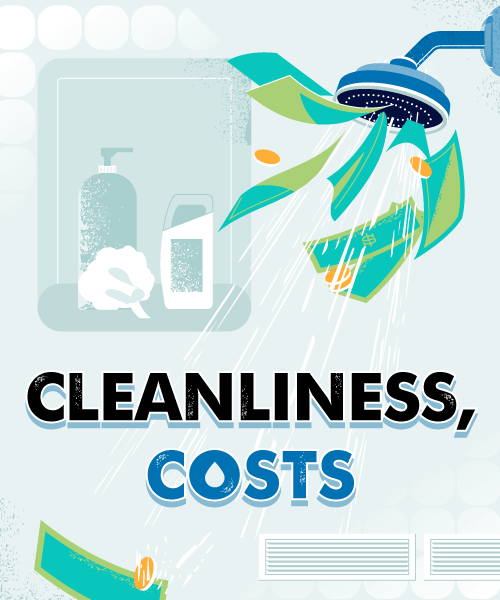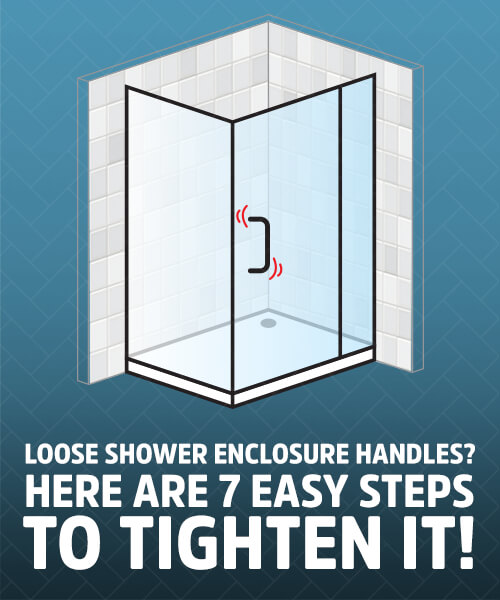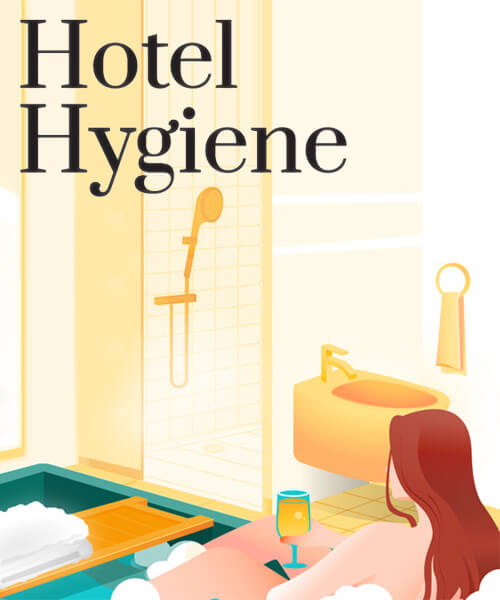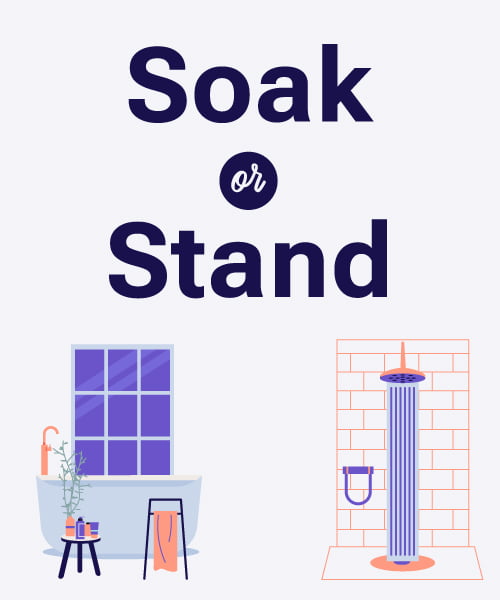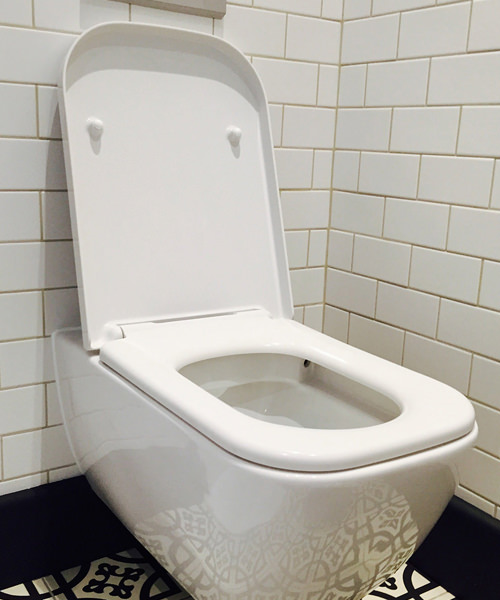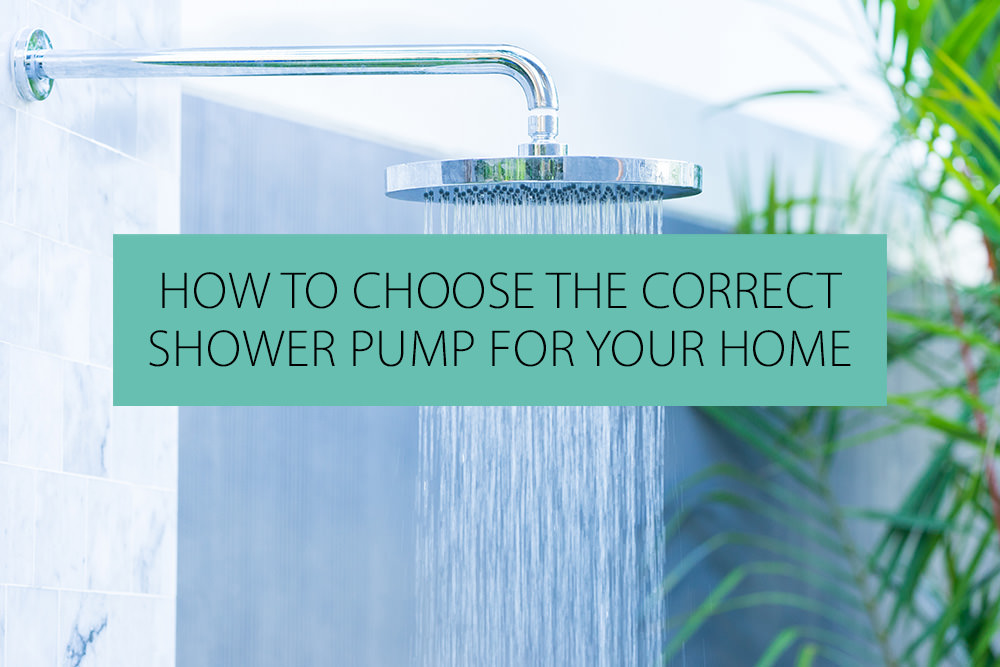
We’re on a mission to make showers great again. Nothing’s worse than the expectation of being doused lasciviously beneath a generous deluge of water only to find yourself stood beneath a flaccid dribble that has no right to call itself a shower. There are plenty of reasons your shower experience might not be as luxurious as you would like. However, there’s one solution that can help to fix your bathing nightmare in no time: Install a shower pump.
Choosing the correct shower pump for your home is easier said than done. Sadly, there isn’t a one-size-fits-all pump that can provide every household in the land with a lovely, powerful shower. Reading shower pump descriptions can be confusing and disorientating. It’s a world of single and twin impellers, centrifugal or regenerative pumps, positive or negative heads, pressure ratings and other such jargon. To help make showers great again, we’ve simplified the process for you with our catch-all guide.
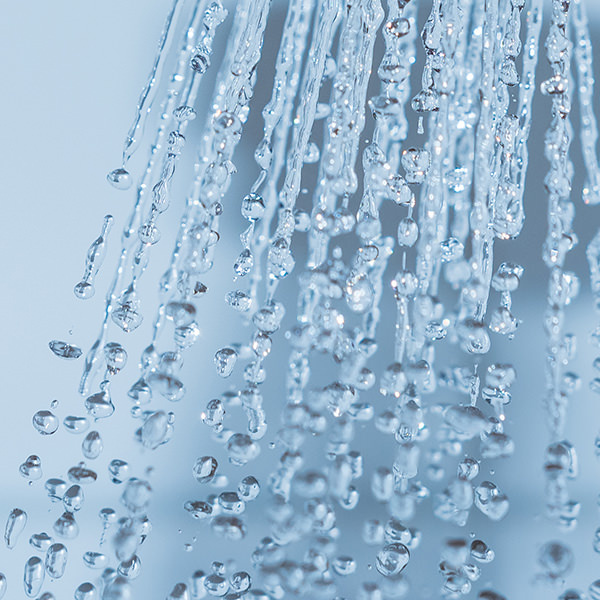
Five Steps To Check If You Need A Shower Pump
A shower pump boosts water pressure in your hot water system by increasing the volume of water pumped through its pipes. It’s easy to tell if your water system has low pressure. You can check it right now. All you need is a litre measuring jug and a stopwatch – the timer on your phone will do just fine.
- Grab your litre measuring jug and stopwatch.
- Turn off all taps as well as any appliances that use water (e.g., washing machine).
- Place the jug beneath a cold tap – preferably in the bath.
- Turn the cold tap on fully and time how long it takes to fill the jug to a litre.
- If it takes longer than eight seconds, then you have low pressure.
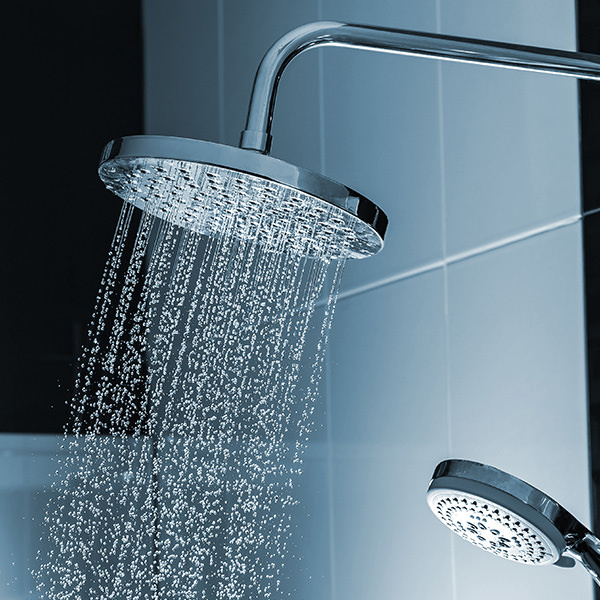
The Shower Head Guide To Water Pressure
Shower pumps are available in a range of pressures between one and four bar. A single bar is a unit of pressure roughly equal to the atmospheric pressure of the Earth at sea level. If you’re unsure of what pressure pump to buy, there’s a general rule of thumb, based on the size of your showerhead, you can use to help you decide.
- 1.0 bar Small shower head (less than 5 cm)
- 1.5 bar Normal shower head (5–10 cm)
- 2.0 bar Low-pressure shower
- 2.5 bar Power shower or large shower head (10–12.5 cm)
- 3.0 bar Large showers with body jets
- 4.0 bar Double showers

Single Or Twin Impeller?
When buying a shower pump, you will likely see products described as either a single or twin impeller. The word ‘impeller’ refers to the rotating part of the pump motor. Therefore, a single impeller pump is simply a single shower pump that is designed to improve the pressure of just one feed. More often than not, this is your hot water feed. However, it could be hooked up to your cold water feed or a mixed water feed.
A twin impeller pump is a twin shower pump that is designed to improve the pressure of two feeds. It means it can increase the pressure of both hot and cold water feeds using a single motor. As you might expect, they’re the more popular choice, but also more expensive as well. Salamander shower pumps are among the bestsellers at QS Supplies and are available with both single or twin impellers.
Centrifugal Or Regenerative?

For the most part, you don’t need to worry about whether your shower pump is a centrifugal or regenerative system. However, if you’re interested, here’s a simple explanation.
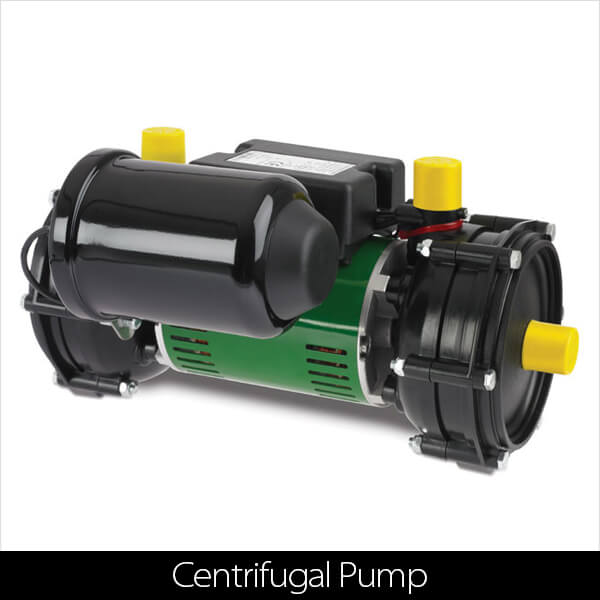
Water enters a chamber from the centre of the pump and is flung outwards by the centrifugal force generated by the rotating motion of the impeller.
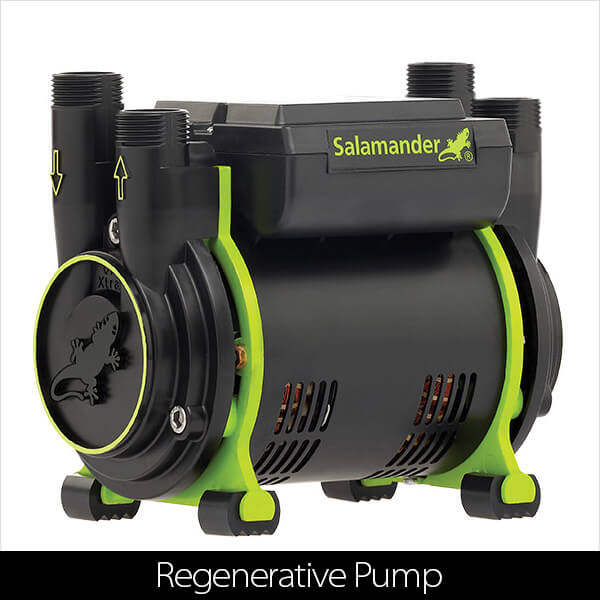
Water enters the side of the pump chamber and is pushed around by the impeller, exiting the pump at a higher pressure.
Centrifugal pumps are more efficient, offer higher flow rates and are often less expensive than a regenerative pump. However, they can prove problematic if air gets into your system. So if your pipework is particularly bendy, then you may want to err on the safe side with a regenerative shower pump.
Positive Or Negative Head?
The final thing you need to think about when buying a shower pump is whether you need one with a positive or negative head. It depends on where your cold water tank is relative to your shower head.
For most UK homes, the plumbing system features a cold water tank in the loft and a hot water tank in an airing cupboard. As the cold water tank is higher than the shower, water flows downwards because of gravity. In this instance, if you wish to increase your water pressure, you can simply buy a positive head shower pump.
However, if there is little distance between your cold water tanks and shower, then you may need a negative head shower pump, which has a flow switch that automatically turns the pump on when water begins to flow.
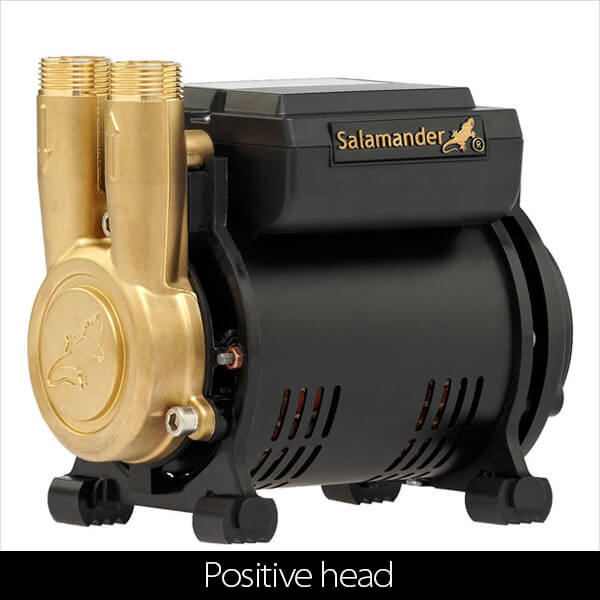
The most common option for UK homes. Suitable if your shower is situated below your cold water tank.
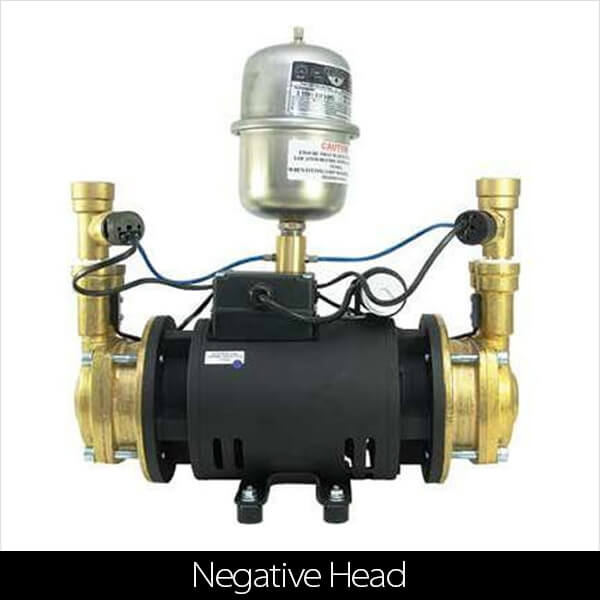
If your cold water tank is less than 60 cm above your shower head, then you may require a negative head pump.
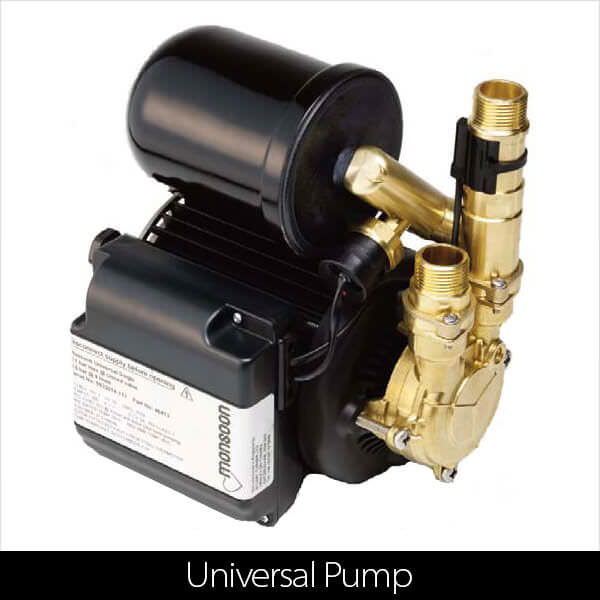
Alternatively, you can opt for a universal shower pump that works with both positive and negative systems.
Browse Our Range Of Shower Pumps
Now that you know what kind of shower pump you need for your bathroom, take a look at QS Supplies’ fantastic shower pumps range. You’ll find great budget options from brands like Stuart and Bristan, as well as bestselling Salamander pumps.
Brass shower pumps prove to be some of the most popular, especially regenerative systems, as they are proven to be among the quietest shower power boosters on the market today.


